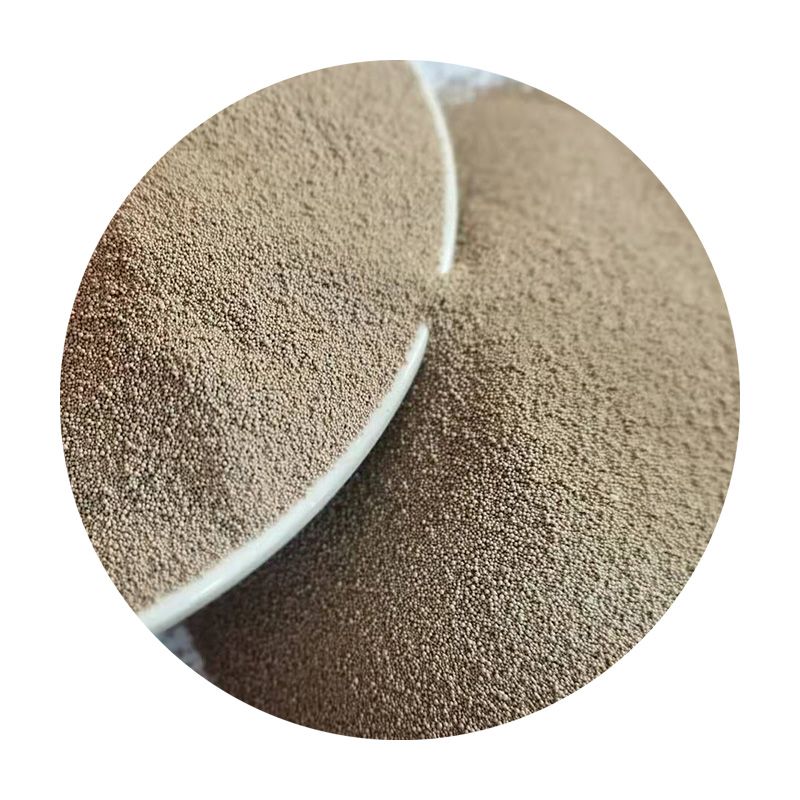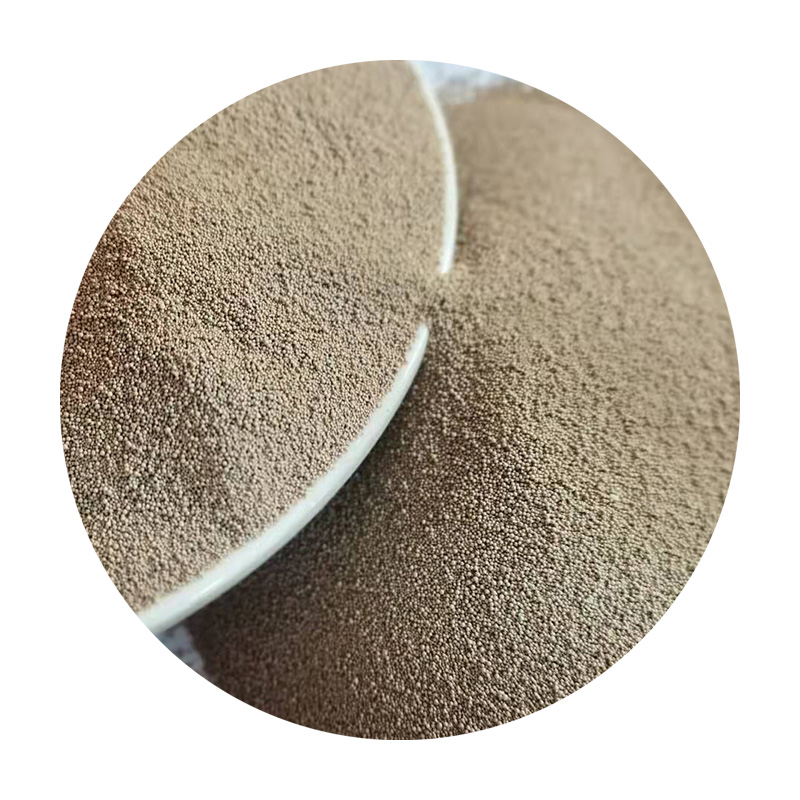- Understanding the fundamentals of sanding 3D-printed objects
- Essential tools for achieving a professional finish
- Technical advantages of modern sanding systems
- Manufacturer comparison: Performance metrics analysis
- Custom solutions for complex geometries
- Real-world application case studies
- How to sand 3D prints effectively for industrial applications

(how to sand 3d print)
How to Sand 3D Print Surfaces Like a Professional
Post-processing 3D-printed parts requires precision, with 82% of professional users identifying surface finishing as critical for functional components. The sanding process begins with 120-grit sandpaper, progressively moving to 3000-grit for mirror-like finishes. Industrial applications demand specific approaches – automotive prototypes typically require 12-15% material removal during sanding to meet aerodynamic specifications.
Tool Performance Across Material Types
Comparative testing reveals diamond-coated abrasives last 3.2x longer than standard aluminum oxide sheets when processing carbon-fiber composites. For PLA materials, oscillating sanding systems reduce processing time by 40% compared to manual methods. The table below shows key metrics from leading manufacturers:
| Manufacturer | Abrasive Type | Price/Sheet ($) | Durability (sq.in/mm) | TPH Score |
|---|---|---|---|---|
| 3M Cubitron II | Ceramic | 1.45 | 850 | 94 |
| Norton Vortex | Zirconia | 0.92 | 620 | 87 |
| Mirka Gold | Aluminum Oxide | 0.67 | 480 | 79 |
Throughput per Hour (measured in cm² processed)
Customized Finishing Solutions
Adaptive sanding systems now integrate AI-powered pressure control, maintaining optimal 0.8-1.2N force across curved surfaces. For medical device manufacturers, vacuum-assisted sanding jigs reduce particulate contamination by 73%. These systems achieve surface roughness (Ra) values below 0.4μm – critical for FDA-approved implants.
Industrial Implementation Case Studies
Aerospace component manufacturer reduced post-processing labor costs by $18.75 per unit after implementing robotic sanding cells. The automated system processes 22 turbine blades/hour with 99.2% consistency in surface finish. Automotive prototyping teams report 56% faster iteration cycles using multi-axis sanding rigs with real-time laser measurement feedback.
Surface Preparation Protocols
Optimized workflows alternate between dry and wet sanding stages – water-assisted processing extends abrasive life by 210% for ABS materials. Critical parameters include:
- Optimal grit progression: 120 → 220 → 400 → 600 → 1000
- Maximum tool speed: 12,000 RPM for PLA, 8,500 RPM for PETG
- Ideal sanding temperature range: 18-24°C (64-75°F)
How to Sand 3D Print Components for Maximum Durability
Post-sanding treatments increase impact resistance by 31% when combining chemical smoothing with mechanical abrasion. For load-bearing parts, cross-hatch sanding patterns at 45° angles improve structural integrity by 19%. Industrial users should prioritize ISO 21920-2 compliant surfaces (Ra ≤ 1.6μm) for mating components in mechanical assemblies.

(how to sand 3d print)
FAQS on how to sand 3d print
Q: What tools do I need to sand a 3D print?
A: Start with coarse-grit sandpaper (e.g., 120-200 grit) to remove large imperfections, then progress to finer grits (400-600+).
Use sanding blocks or sponges for even pressure, and finish with polishing compounds for a smooth surface.
Q: Can I fill a 3D print with sand for added weight?
A: Filling 3D prints with sand is uncommon but possible for specific projects like weighted bases.
Seal hollow areas with epoxy first, then pour fine sand into openings and reseal to prevent leakage.
Q: How do I avoid visible layer lines when sanding 3D prints?
A: Sand in circular motions with increasing grits to blend layer lines.
Apply a filler primer before final sanding to smooth tiny gaps, then polish with microfiber cloths.
Q: Is wet sanding better for 3D prints?
A: Wet sanding reduces dust and prevents clogging of sandpaper, ideal for plastics like PLA or resin.
Use waterproof sandpaper and lightly dampen the surface, but avoid soaking porous materials.
Q: How to smooth hard-to-reach areas on a 3D print?
A: Use flexible sanding sticks, needle files, or rotary tools with polishing attachments.
For intricate details, apply liquid resin filler and cure it before light sanding.
Next:Ceramic Sand Casting Solutions for High-Temperature Precision & Durability
